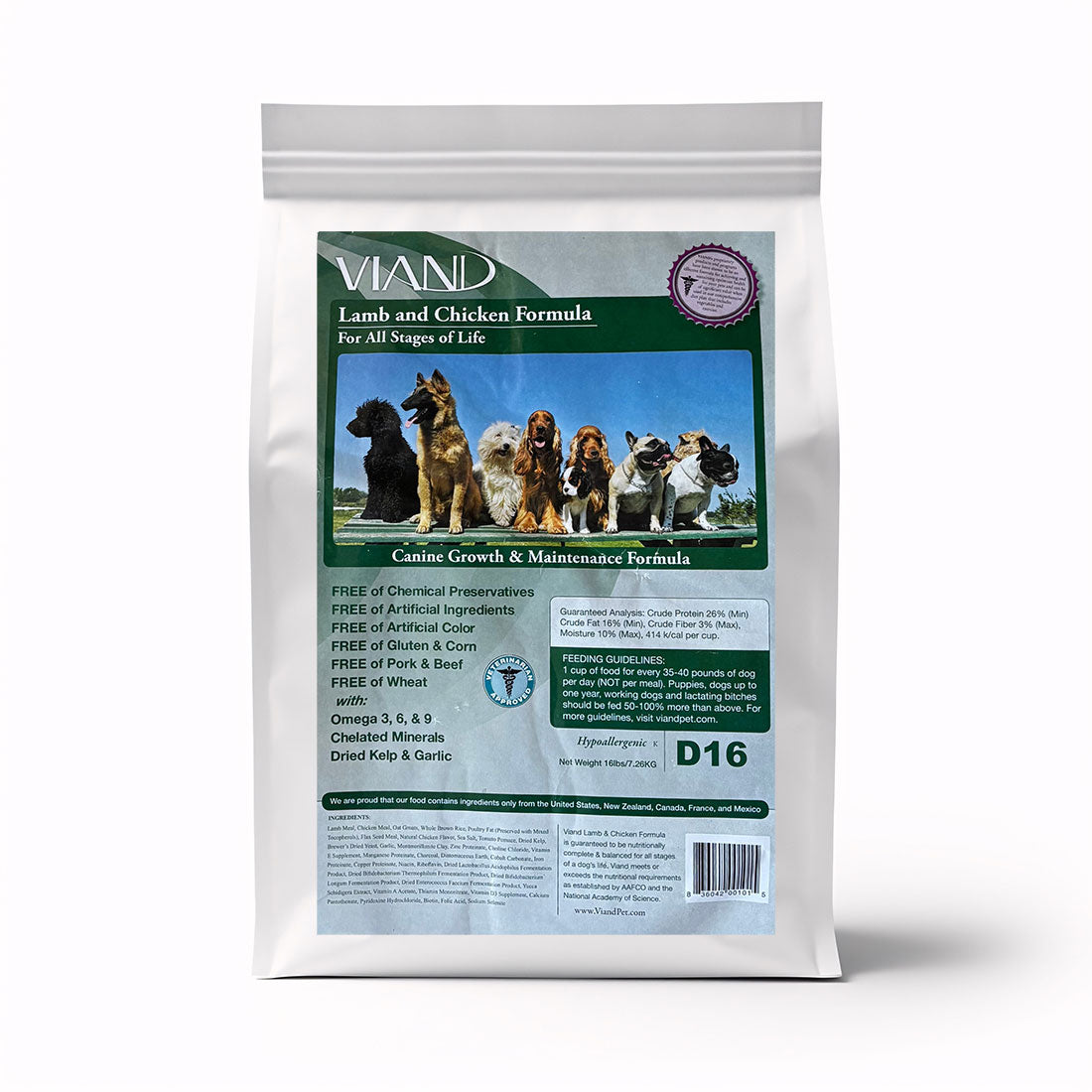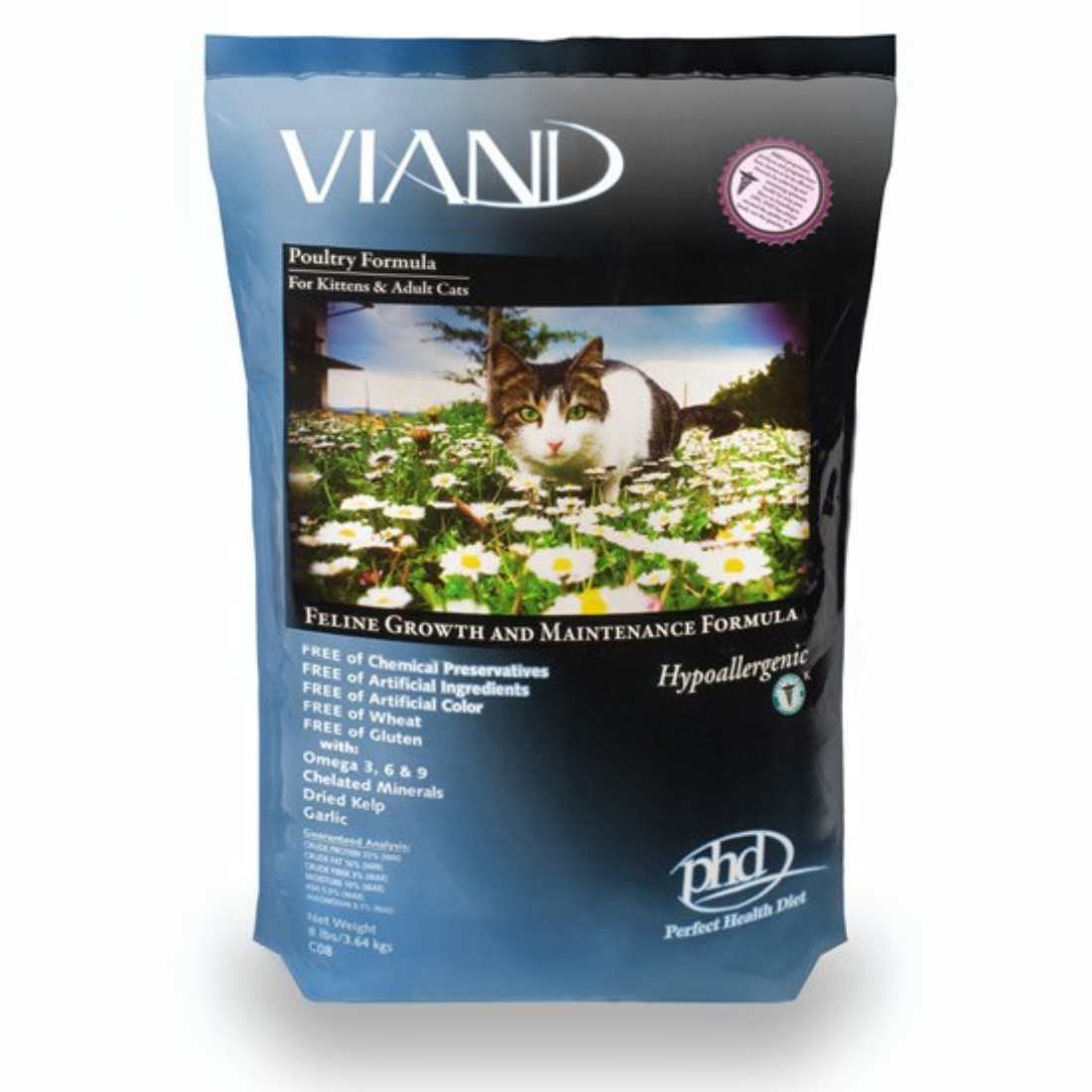· By Scott Pollak
Worming Your Pets
Brought to you by William Pollak D.V.M.
and the Fairfield Animal Hospital
Even a healthy pet can use a worming once in a while. New pets and worms usually come together, although we do not like to think about it. Worms have lived with our pets for many years and their life cycles are very much intertwined.
Early worm stages lying dormant in the tissues of the momma are awakened and move to the newborns on their way into their new world. Other forms of transmission are through insects, directly through the paws or through the oral/fecal route. From the early beginnings, the worms can be there. If the worm load is large, troubles can start as early as two to three weeks of
The worms are quite busy reproducing themselves. Their motto is "safety in numbers"; as with flies and most insects, when the conditions are right, rapid and effective reproduction ensures their survival until the next opportunistic time. Most pet intestinal worms reproduce in cycles of two to three weeks, almost constantly showering the intestine with massive numbers of eggs. The adult worms are essentially egg factories, sending the eggs out individually or reproducing neatly packaged versions for further travels in the animal and plant kingdoms.
Signs of worms can be varied,
-
from vomiting -
licking of paws -
dragging their rears -
licking of their rears -
shaking of their head (see seizures) coughing -
poor hair/coat -
underweight and overweight -
intermittent loose and/or bloody bowels hyperactivity -
to no signs at all.
Signs suggestive of worms usually require some form of treatment, although no eggs are seen in the stool.
Most of our pets need a little help, especially in the beginning. The newer worm medications are extremely effective, safe, and gentle. There are still older, more harsh, and less effective products available, but these are best left alone.
Pyrantel (Strongid-T), fenbendazole (Panacur), and
A detox period can also be introduced during a


